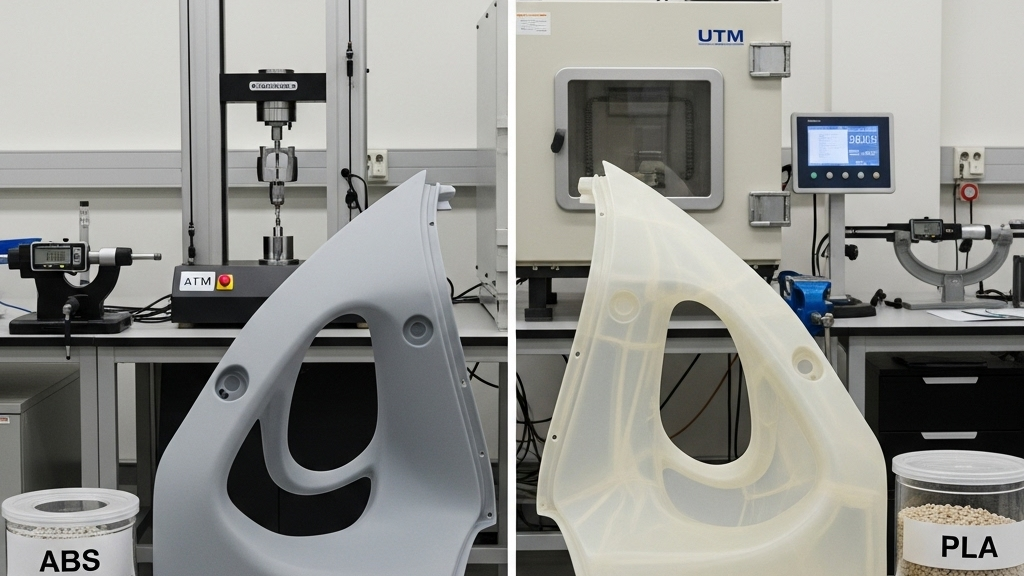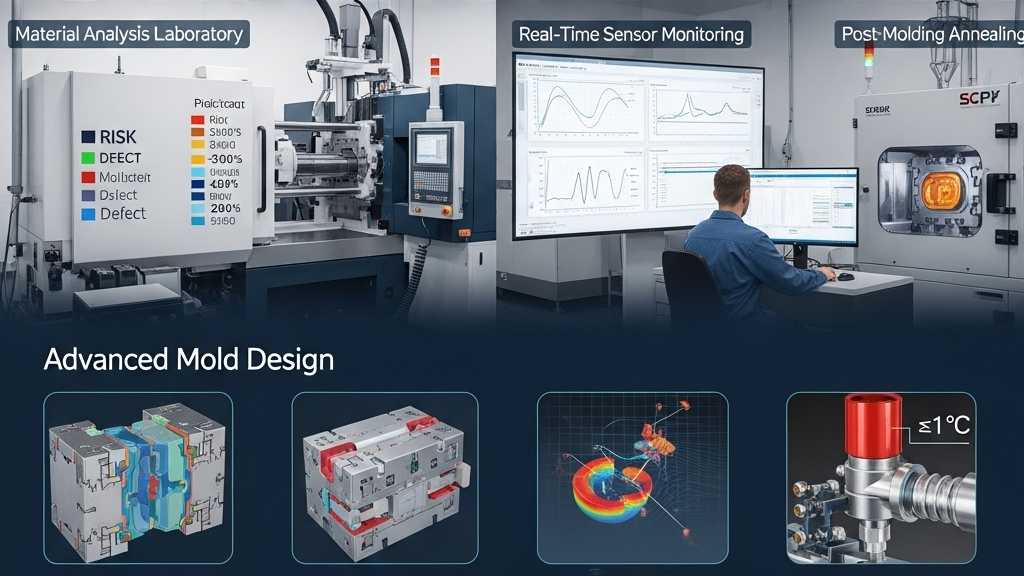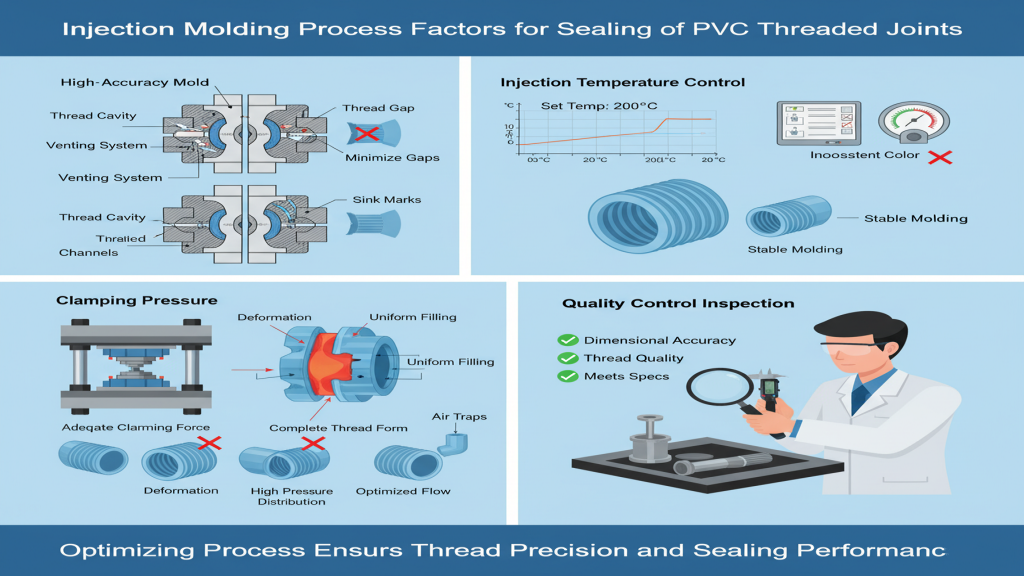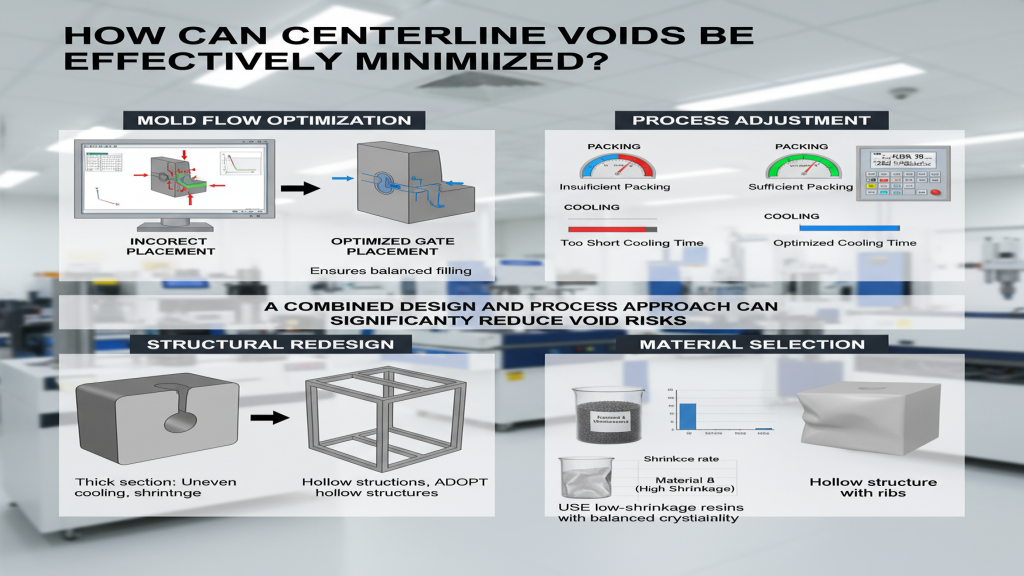
Our DFM (Design for Manufacturing) team gets involved from the concept stage to ensure optimal alignment between structure, materials, and processes, reducing the gap between trial molding and mass production. With rich injection molding experience, we proactively avoid potential processing bottlenecks and quality risks during design. Through standardized evaluation checklists, we quickly identify opportunities to reduce cost and lead time, backed by actionable data reports. The second phase of feasibility analysis focuses on detailed mold parameters to enable deeper process refinement.
Before mass production, we combine simulation and actual process window validations to make every iteration traceable and data-driven. This closed-loop system gives you a clear view of ROI before product launch. What we deliver is not just a file—it’s a complete execution-ready solution and service framework to help you win the market early.
How to Shorten Cycle Time?

By conducting mold flow analysis and standardizing molds upfront, we significantly reduce trial runs and rework. Quick mold change systems combined with automated side-core mechanisms improve production cycle times. Additionally, our supply chain coordination plan locks in key components early to avoid production delays. A continuously monitored process database ensures stable and traceable batch performance.
- Cost Reduction: Streamlined cold runners and gate designs reduce material waste.
- Moldex3D Simulation: Data-driven analysis to predict filling and cooling cycles.
- Precision Machining: 5-axis machining enhances first-shot part accuracy.
- Cycle Optimization: Rapid cooling systems shorten cooling time by 15–30%.
How to Reduce Defects?

Defects often stem from uneven wall thickness and stress concentration zones, so we implement a “risk scoring” strategy during the design review phase. By optimizing rib placement and venting design, we significantly reduce short shots, flow marks, and warpage. Real-time sensors monitor pressure curves to ensure consistent injection, while downstream SPC quality standards track defect trends.
- Balanced Structure: Apply cutouts to wall sections >3 mm to relieve internal stress.
- Microcellular Foaming: Reduces weight while suppressing sink marks.
- Hot Runner Control: ±1 ℃ precision avoids flow marks.
- Stress Relief: Post-molding annealing stabilizes part dimensions.
How to Optimize Flow?

With high-resolution meshing, we control key runner section error within 0.1 mm. Visualized flow animations help designers spot dead zones and stagnation areas directly. We adopt parallel cooling circuits with turbulence-inducing copper pins for thermal efficiency. For glass-filled materials, we fine-tune backpressure and shear rates to ensure uniform fiber orientation.
- CFD Coupling: CFD validation for cooling performance.
- Fiber Orientation Forecast: Algorithms simulate mechanical anisotropy.
- Vacuum Venting: Negative pressure assists degassing and prevents burning.
- Online Parameter Tuning: Servo-controlled valves auto-adjust holding pressure.
Solution Comparison Table
| Key Metrics | Traditional Approach | Professional DFM | Business Value |
|---|---|---|---|
| Cycle Time | 35 s | 24 s | Faster to Market |
| Unit Cost | \$1.25 | \$0.98 | Profit Increase |
| Defect Rate | 4 % | 0.8 % | Quality Bonus |
| Time to Market | 5 months | 3 months | Faster ROI |
Value Extension
When design and manufacturing are deeply integrated, project teams can focus on innovation instead of repetitive fixes. We offer an end-to-end closed-loop service from material selection to certification testing, significantly reducing communication costs. Our extended process training helps internal teams rapidly master critical skills for future product development. Ongoing technical support ensures high efficiency across the product lifecycle.
1.Empowering Training: Real-world mold maintenance and process tuning workshops.
2.Smart Monitoring: MES integration to track production OEE in real time.
3.Rapid Iteration: Cloud collaboration platform for synchronized design updates.
4.Value-Added Services: Integrated supply chain cuts total procurement costs.
Win-Win Partnership
In our full-scale DFM support, we use visualized data tools to shorten decision-making cycles and apply measurable KPIs to track improvements. Our “Design–Simulate–Verify–Mass Produce” closed-loop process brings risks forward to the most cost-efficient phase. The result is reflected not only in product performance but also in cash flow and brand reputation. Together, we shape innovation ecosystems and explore greater market potential.
For expert assistance in implementing DFM for your production needs, visit our resource center or contact us. Let’s help you scale up your manufacturing with precision and efficiency!







